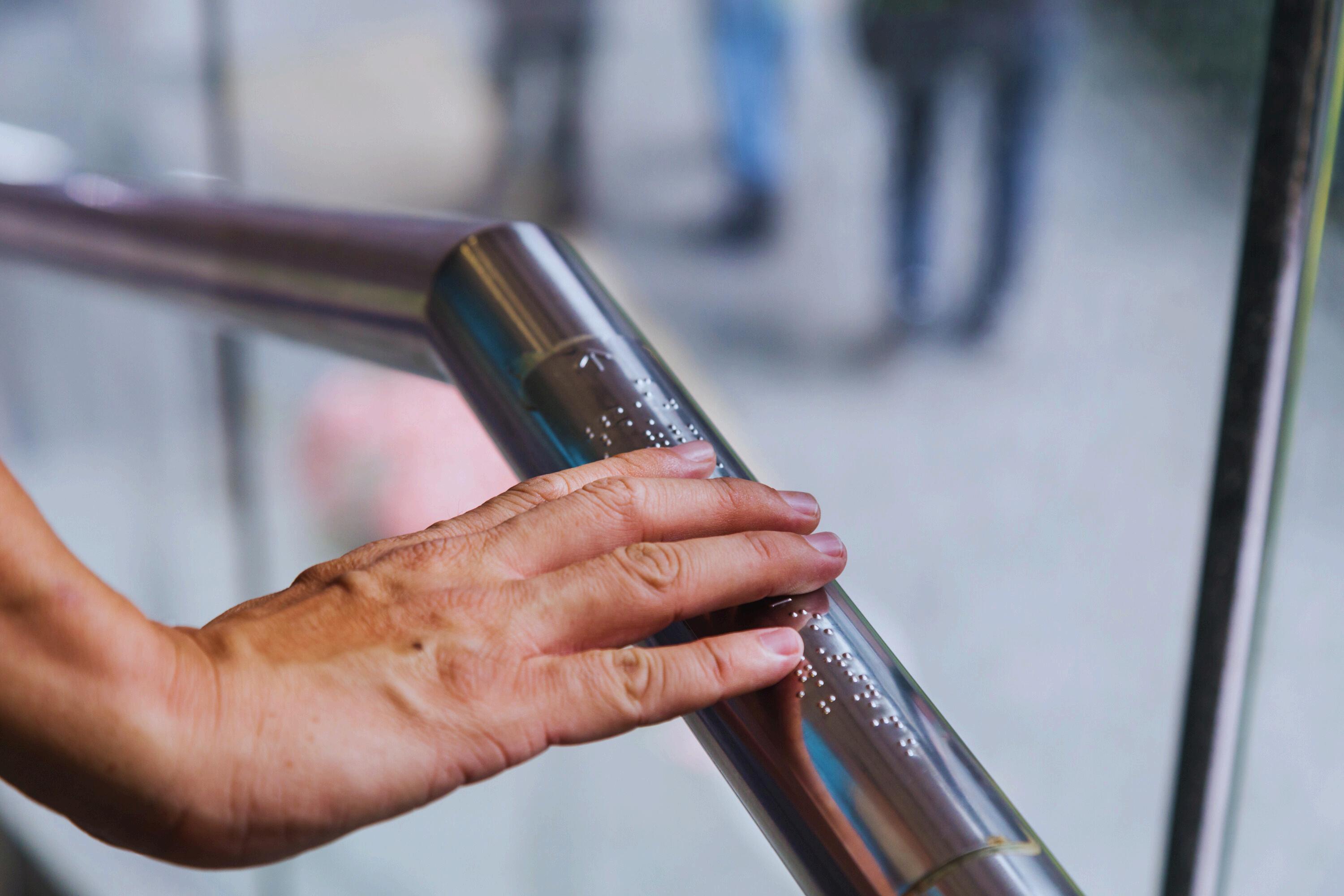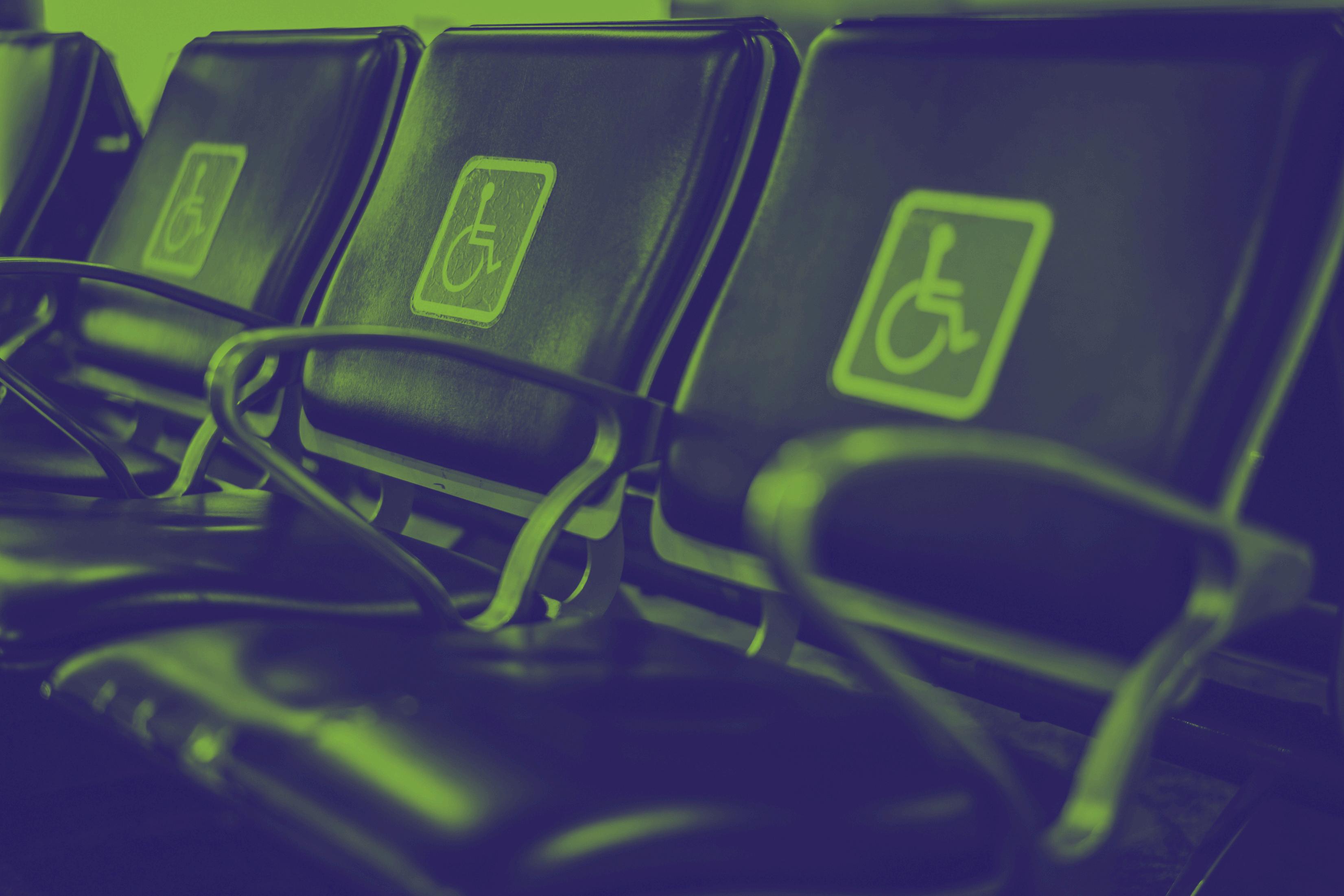





Did you know 1 in 6 people in Europe have a disability? As tourism evolves, destinations across Europe are adapting to cater to diverse needs, embracing accessible tourism for travellers with varying requirements.
Accessible tourism isn't just about physical mobility — it encompasses experiences tailored to individuals with sensory, cognitive, and other accessibility-related needs.
Our comprehensive guide offers practical steps to make your destination more accessible, appealing to this expanding segment of the tourism market.
With five essential tips, this eBook serves as your roadmap to creating a more inclusive future for your destination.


Simpleview Europe



Unlocking inclusive travel


Understand your audience


Empower planning


Diverse experiences, informed choices


Accessible informationA win-win strategy

The Visit Bristol and Visit Bath consumer websites have been built and maintained with accessibility in mind. These are simple things such as using AudioEye and ensuring all our images have Alt Text, to auditing accessibility feature information for all the products listed on our website – not just using the facilities but including text within the main product pages.”
 – JON CHAMBERLAIN,
Head of Marketing
Visit West
– JON CHAMBERLAIN,
Head of Marketing
Visit West

 LEARN MORE
LEARN MORE

Top tip no 1 - accessibility is unique to each perso
top tip #

Consider the full spectrum of visitor needs you can accommodate
Accessibility isn’t just about physical limitations — it spans a wide spectrum of needs.
Navigating travel with diverse needs is complex. Often, individuals have multiple conditions, and travel parties include members with varied requirements.
Only 7% of people with disabilities rely on wheelchairs. Many others, who may not identify as disabled, still require adjustments or accommodations.

Think beyond physical mobility:
Vision impairment
Mobility challenges
Hearing loss
Cognitive disabilities
Dementia
Mental health conditions
Ageing populations
Social/communication barriers
Neurodiversity
Special dietary needs
Chronic illnesses
Even if spaces can’t accommodate wheelchairs due to structural limitations, simple adjustments can cater to the 93% with other accessibility needs.
Top tip no 2 - clearly outline accessibility measures for the entire visitor journey, ensuring a seamless experience from beginning to end
As with marketing to any audience, it’s important to understand the traits of the people you’re trying to appeal to. VisitBritain estimates that travellers with health impairments, or groups including a member with an impairment, contribute a staggering £14.6billion annually to the travel industry. Appealing to an audience with accessibility needs demands a nuanced approach. John Sage, a noted US expert, characterises accessible tourists as individuals shaped by past negative travel encounters, wary of accessibility claims, and anxious about their needs being met. These travellers prioritise companies that reliably cater to their accessibility requirements.
All of this means that it’s crucial to transparently communicate available accessibility measures without overpromising.
The visitor experience encompasses more than just transportation, accommodations, or attractions — it's about the seamless integration of these elements. Any lapse in accessibility along the journey can significantly impact the entire trip for individuals or groups.


Leaving out 16% of the world’s population should be considered a material risk to all businesses.

—The
Over the last few years, Simpleview’s expertise and support have been instrumental in making Visit Causeway Coast & Glens’ website more accessible and inclusive of users with additional needs.”

Digital Marketing Officer
Causeway Coast and Glens – Shannen Kearney

LEARN MORE

Adding the AudioEye functionality to our website was a simple way for us to be able to provide essential tools to help as many people as possible access our content. The Accessibility section of the website is a useful resource for visitors and in fact page views to the section continue to grow, the main accessibility page has seen a 96% growth in traffic over the last 12 months compared to the previous period.”
Senior Marketing Executive VisitBrighton – CHARLOTTE BARROWLEARN MORE

91% of disabled people look for accessibility information before visiting somewhere new — Euan’s Guide Survey 2022





e tourists conduct extensive thing to empower your visitors to eir trip
For one in four individuals, returning to previously visited accommodation is a common choice. Why? Because it either offers specialised facilities or eliminates the stress of finding suitable accommodation elsewhere.
When planning a trip, comprehensive information is key. For those with accessibility needs, this information possibilities, available facilities, and
A dedicated accessible section, easily accessible from the homepage, equipped with access guides and user friendly search features for accommodations, tourist attractions and transportation, is invaluable for visitors in their research and trip planning.
Did you know? Globally, 16% of the population has a disability or accessibility need, with the UK's figure even higher at 25%.
Top tip no 4 - facts empower travellers with diverse needs.
Describe available amenities to facilitate informed planning for an enriching visit
Access to information remains a significant hurdle for people with disabilities in tourism participation. Destinations play a crucial role in breaking down this barrier by providing clear, descriptive information—avoiding assumptions and prescriptions.
Clarity is key. By detailing available amenities and experiences, individuals can plan ahead and discern which elements suit their needs. This includes essential accessibility features at tourist venues, such as visual aids, accessible facilities, or quieter hours, as well as comprehensive information on accommodation and specialised services like changing places.
Simpleview Europe


Visitors with accessibility needs are adept at assessing their capabilities, but they rely on accurate information to make informed decisions. For group travellers, easy access to inclusive information ensures a seamless and enjoyable experience for all involved.
58% of disabled people avoid visiting a venue if it has not shared its accessibility information, assuming it is inaccessible.”

— Euan’s Guide Survey 2022


p tip no 5 - make it easy to find and search for accessibility ormation for your destination
Offering accessible and inclusive experiences isn't just morally and ethically right—it's also smart business, opening doors to a diverse and profitable market.
Tools like AudioEye can help ensure your site meets accessibility standards, enhancing usability for all.
Accessible information should be readily available, not buried in website navigation. Insights from our discussions with partners and accessible tourism advisors confirm this.
Consistently using terms like 'accessibility' and 'access' makes information easy to find through search functions.
A website equipped with accessible features is a crucial starting point for ensuring information accessibility.
Providing comprehensive accessibility information is paramount for attracting people with disabilities and their families, fostering positive experiences that lead to repeat visits.
6 simple steps to create an accessible action plan
Built for the industry, by the industry
A visitor with a disability must be able to experience web-based services, content, and other digital products with the same successful outcome as those without disabilities. Simpleview is here to help you create, curate, and deliver the tools you need to develop an inclusive digital destination.
Compliance isn’t an obligation; it’s an opportunity for you to better connect with your visitors. And it’s the right thing to do.
Is your website accessible?
In the UK, the value of the Purple Pound (spending power of people with disabilities and their families) is worth £274billion and is rising by around 14% per annum, yet less than 10% of businesses have a plan to target this market.


GET YOUR FREE DIGITAL ACCESSIBILITY CONSULTATION

